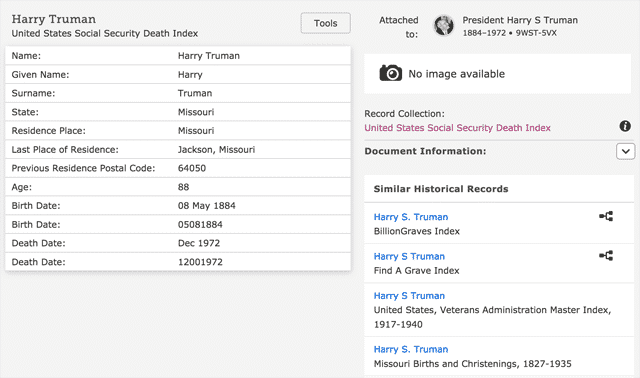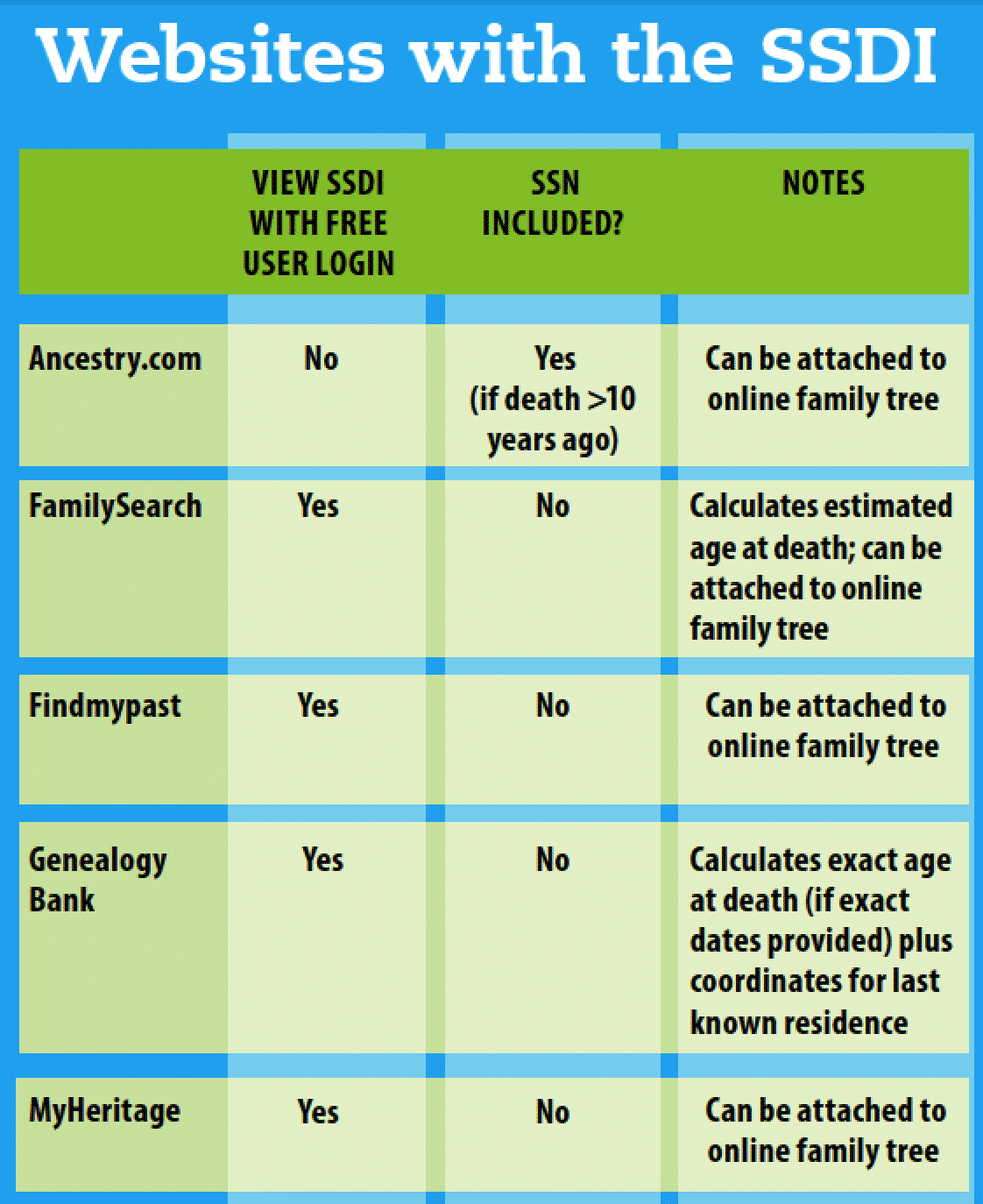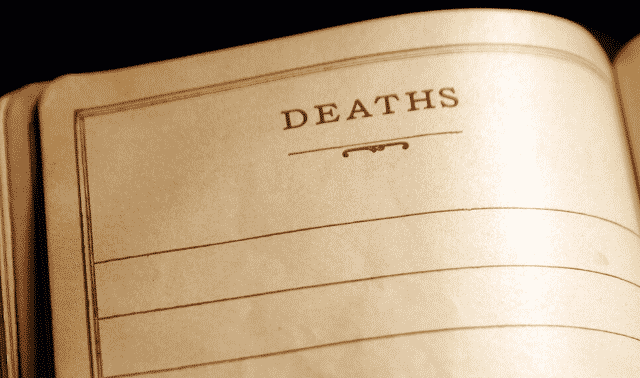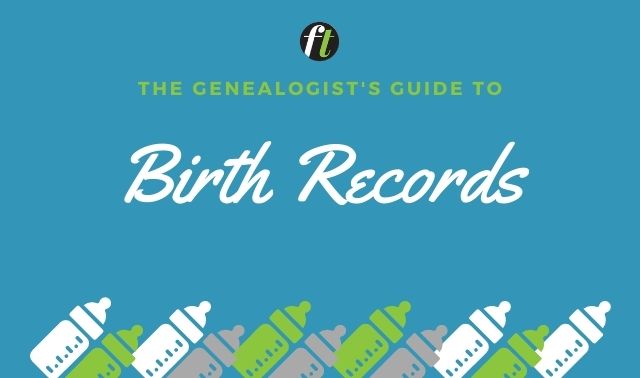Sign up for the Family Tree Newsletter Plus, you’ll receive our 10 Essential Genealogy Research Forms PDF as a special thank you!
Get Your Free Genealogy Forms
"*" indicates required fields

In this article:
Who is in the Social Security Death Index?
What Details are Included?
Where Can I Search the SSDI?
Tips for Searching the Social Security Death Index
Related Reads
Looking for a totally free database of US death records? The Social Security Death Index (SSDI) is a valuable record set created from the Social Security Administration (SSA)’s Death Master File to track tax withholdings and Social Security survivors’ benefits. Here’s what the Social Security Death Index is, how genealogists can use it, and where to find it online.
Who is in the Social Security Death Index?
Though it doesn’t include every person who ever had a Social Security number, the SSDI generally includes all deaths reported to the SSA beginning in 1962 (though a few include deaths prior to that year). At time of writing, the SSDI cuts off at 2014.
What Details are Included?
The SSDI isn’t as detailed as some other Social Security documents, such as the SS-5. But you should still find the person’s full name, birth date, death date, state where the number was issued, and last known residence (down to the ZIP code level of detail). You may also find the person’s Social Security number.
Where Can I Search the SSDI?
The SSDI is widely available on genealogy websites—you don’t need to request transcripts from the SSA. Some websites include additional details in their SSDI databases that can help when you’re trying to distinguish between similarly named individuals.
You can search the SSDI for free at:
You can also search at Ancestry.com, but you’ll need a subscription. To search the SSDI across multiple websites, visit Stephen P. Morse’s webpage.
Tips for Searching the Social Security Death Index
It’s only fair to warn you that SSA indexes (including the SSDI) are not always complete or accurate. You might see any of the following:
- Initials, nicknames or middle names instead of full names
- Birth dates appearing only as a year, or not at all
- Names or dates that are entered incorrectly, such as 2 November (11/2) instead of 11 February (2/11)
- Names that drop internal punctuation: OMalley or Omalley instead of O’Malley
- Women’s paperwork filed under an unfamiliar married or maiden name (you may not have found every surname she used)
- Unfamiliar places of issue, residence or last known benefit (people could apply from anywhere, and you may not know every place they lived)
If needed, run several searches with different combinations of names, dates and places. Explore all possible results, even partial matches. It may take a while to accumulate enough bits and pieces of evidence—from Social Security or other documentation—to identify a correct entry.
Last updated: October 2020
A version of this article appeared in the January/February 2021 issue of Family Tree Magazine.
Related Reads
Pin it!

ADVERTISEMENT







